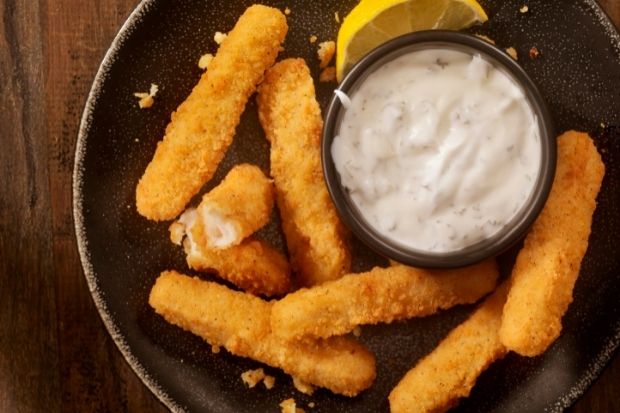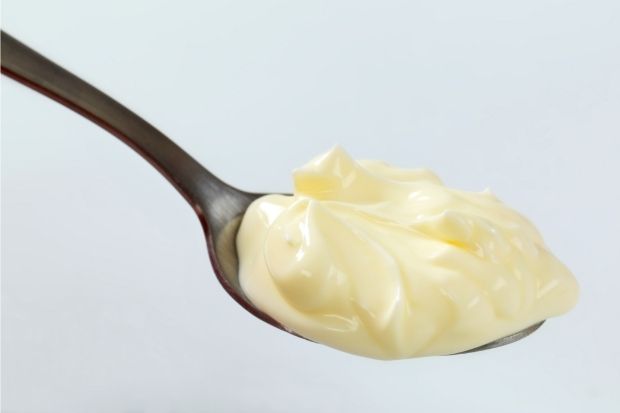People love to put ranch dressing on their salads and mayonnaise on their sandwiches, but is it possible to use these two foods interchangeably? The fact is, to a lot of people these two condiments taste fairly similar, but there are some major differences between ranch and mayo.
To learn about these differences, you have to look at characteristics such as ingredients, nutritional benefits, and taste. But in many ways, they’re more alike than different.
How Is Ranch Dressing Different From Mayo?

When deciding between ranch vs. mayo, you should know that both ranch dressing and mayo contain vegetable oil, eggs, water, salt and sugar. Ranch dressing, which is commonly used in salads, also has ingredients for additional flavoring, including buttermilk, dried garlic and onion. Mayo is commonly used on sandwiches, whereas most people wouldn’t use ranch on their sandwiches.
Here’s something you may find interesting: ranch often contains mayo as an ingredient! The mayo contributes to the rich taste and creamy texture of ranch dressing. So when you pick ranch, you’re technically picking mayo too, just not by itself.
Let’s take a look at the finer details of these differences:
What They Taste Like
Ranch and mayo have different tastes and textures, although both generally have a rich taste.
Depending on the brand, mayo can have a tangy, salty, and tart taste.
With ranch, you get the distinct flavors of buttermilk, garlic, and onion. The taste of mayo can be detected in ranch, since mayo is a common ingredient in ranch.
Ranch dressing is a little more fluid, or ‘liquidy,’ than mayo.
How Each of Them Is Used
As you can imagine, ranch and mayo are used in many different ways.
For ranch, you can count on the following uses: ranch dip for pizza and various fried foods, a topping for a wrap, and, of course, as a salad dressing.
Mayo has similar uses and can be enjoyed as a dip for fried foods and pizza, a burger topping, a salad side condiment, and a topping for wraps and sandwiches. Mayo is often used as a base for various mixes and sauces.

Can they be used interchangeably? Sometimes, yes, but keep in mind that ranch and mayonnaise have different textures and somewhat different tastes.
If you’re on the fence about using mayo in place of ranch or vice versa, just remember that cuisine often involves a lot of experimentation. Don’t be afraid to explore new possibilities. Worst case scenario is that you don’t like the result and you go back to a more conventional approach. These kinds of learning moments are fundamental to becoming a good chef.
Nutritional Value of Each
If you’re curious about the nutritional value of each of these items, below is a summary of the numbers. For each 100-gram serving, the numbers roughly are:
- Calories: dressing 433 / mayo 692
- Carbs: dressing 6.7 g / mayo 0 g
- Sugar from carbs: dressing 3.3 g / mayo 0 g
- Fat: dressing 46.7 g / mayo 77 g
- Saturated fat from fat content: dressing 6.7 g / mayo 11.5 g
- Dietary fiber: dressing 0 g / mayo 0 g
- Trans fat: dressing 0 g / mayo 0 g
- Cholesterol: dressing 17 mg / mayo 38 mg
- Sodium: dressing 867 mg / mayo 692 mg
Costs of Each
There are too many brands of both mayo and ranch to compare the two of them in price fairly. A generic or store brand of each of these is going to be less expensive than a big name brand, but if you wish to compare the two foods, the best thing to do is compare their per-ounce prices. Both ranch and mayo can range from around 20 cents per ounce to more than 50 cents an ounce, depending on the brand and how it was made.
